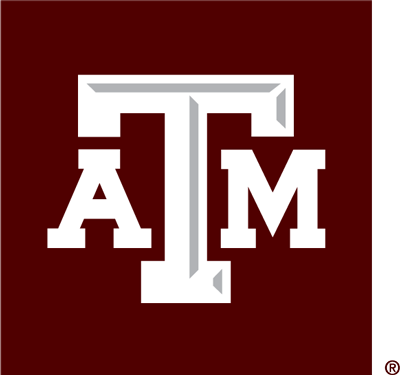Specific curriculum requirements for each undergraduate degree are determined by the catalog number corresponding to each student’s first semester at Texas A&M. Please visit catalog.tamu.edu to verify your catalog number, view electronic versions of these catalogs, or view older catalog editions.
